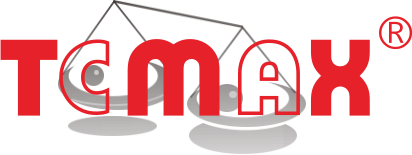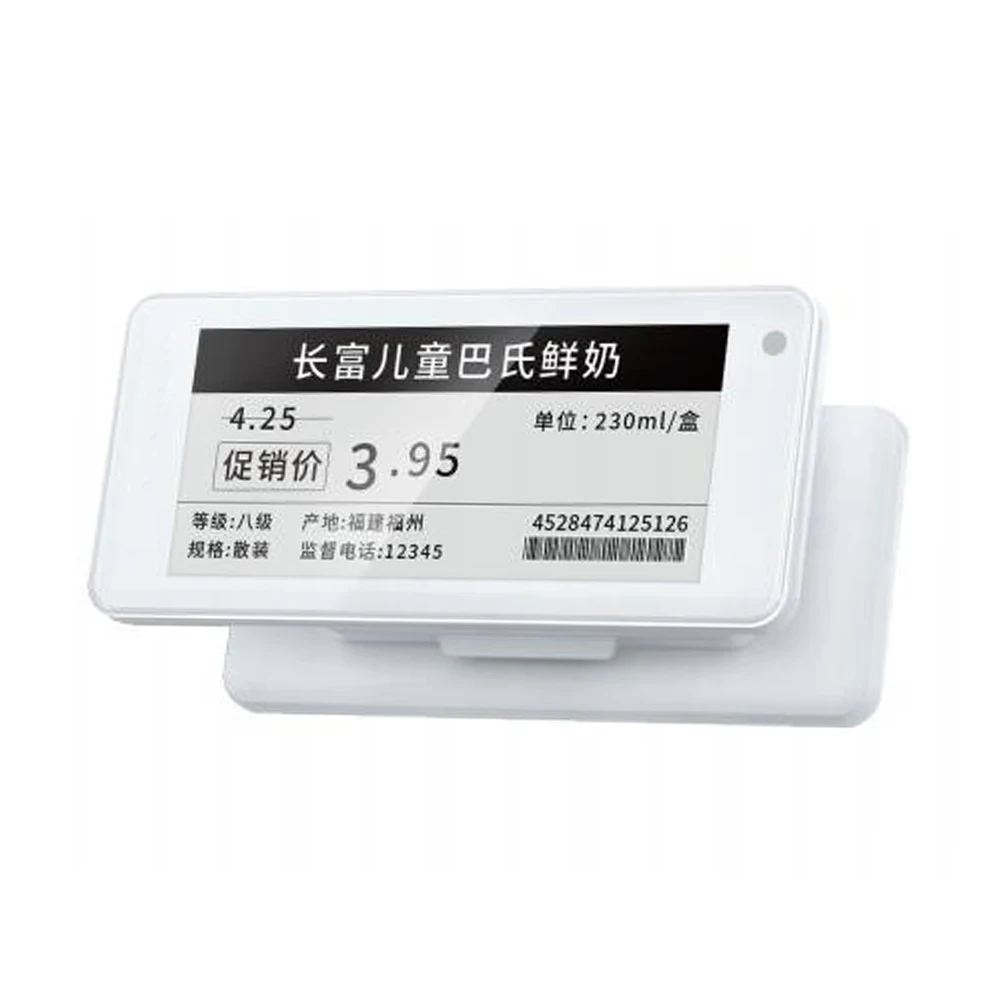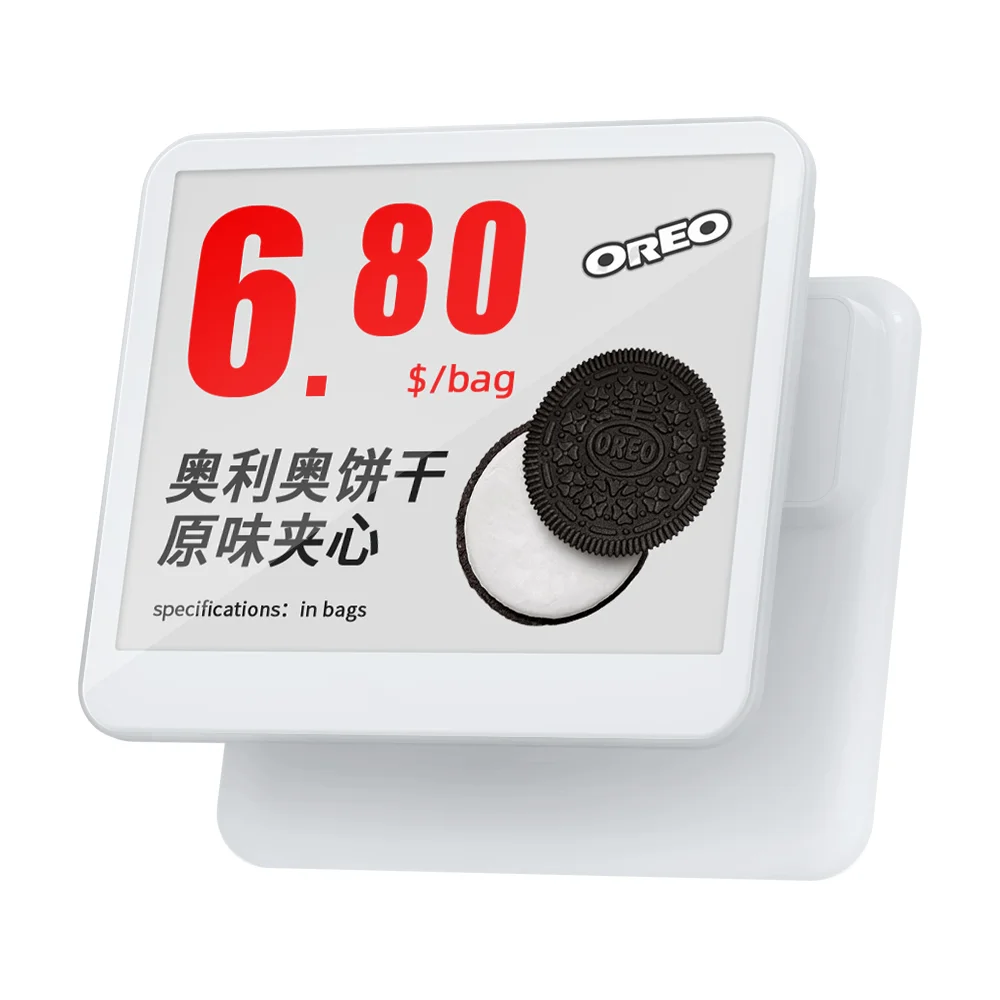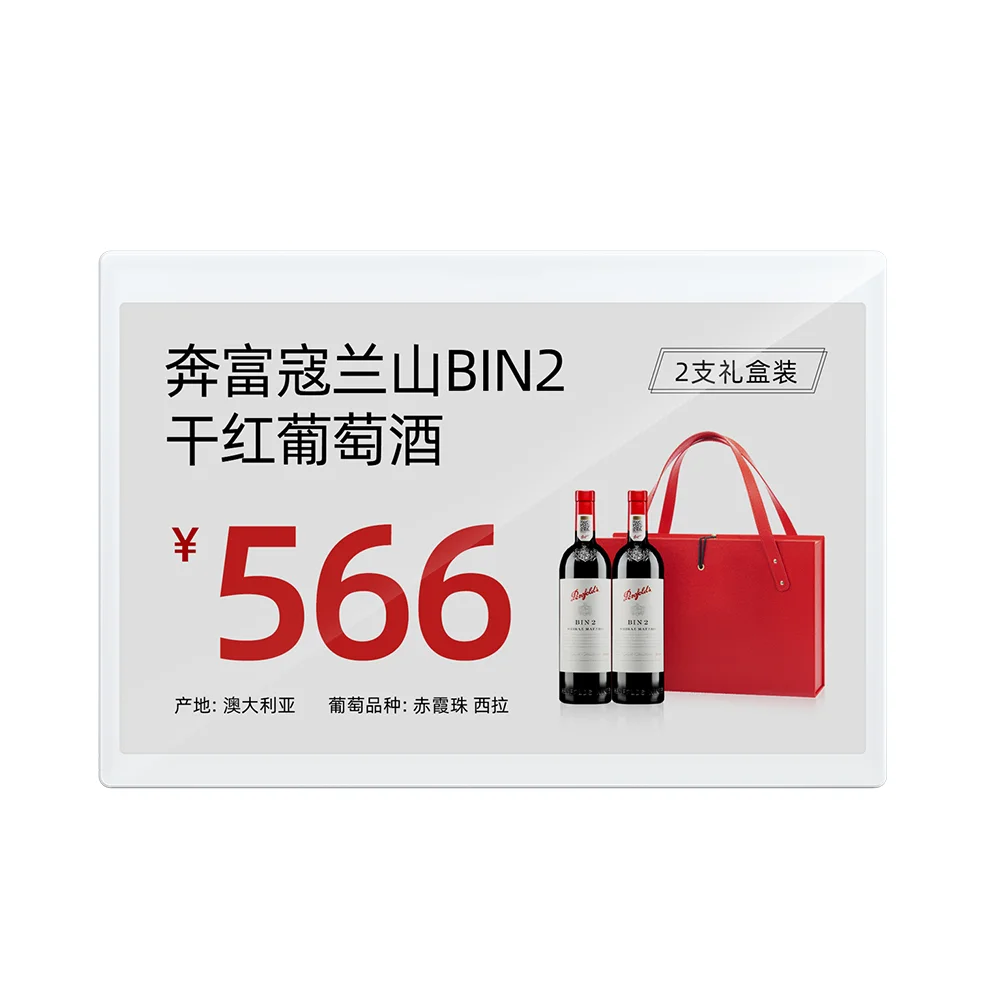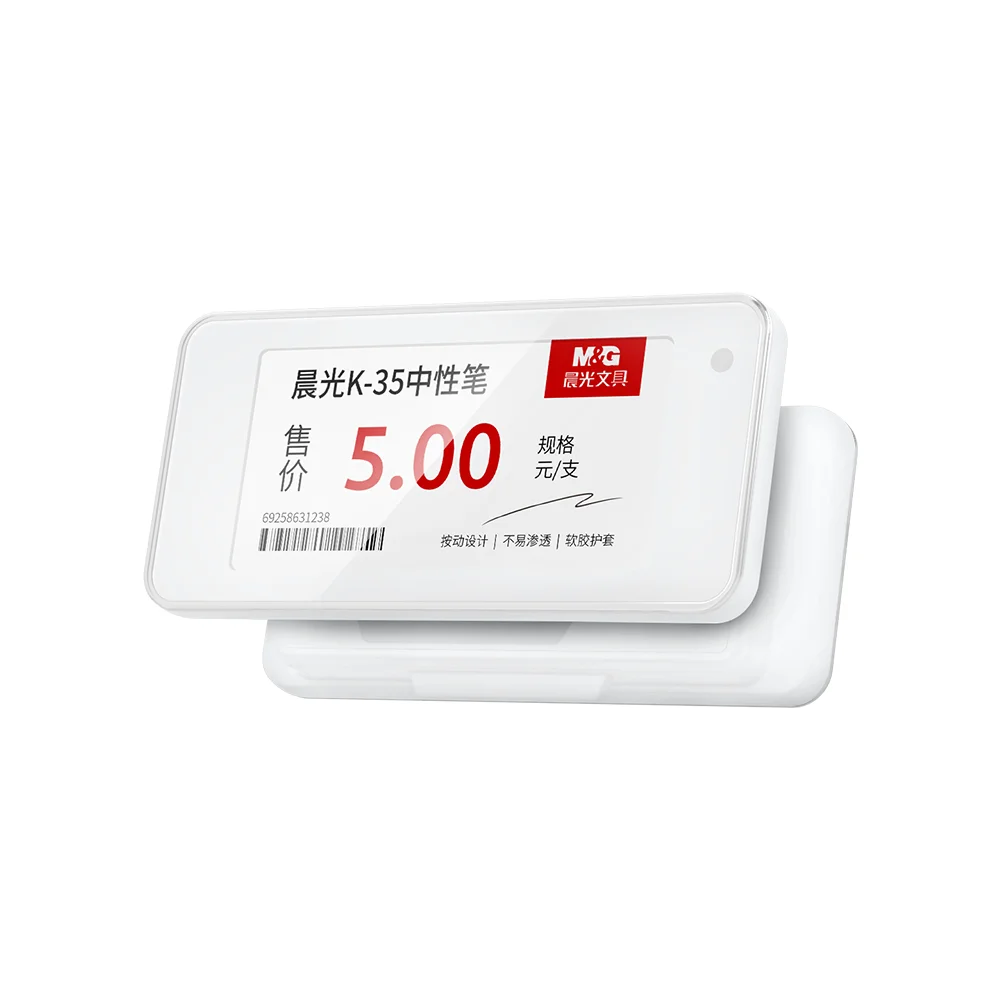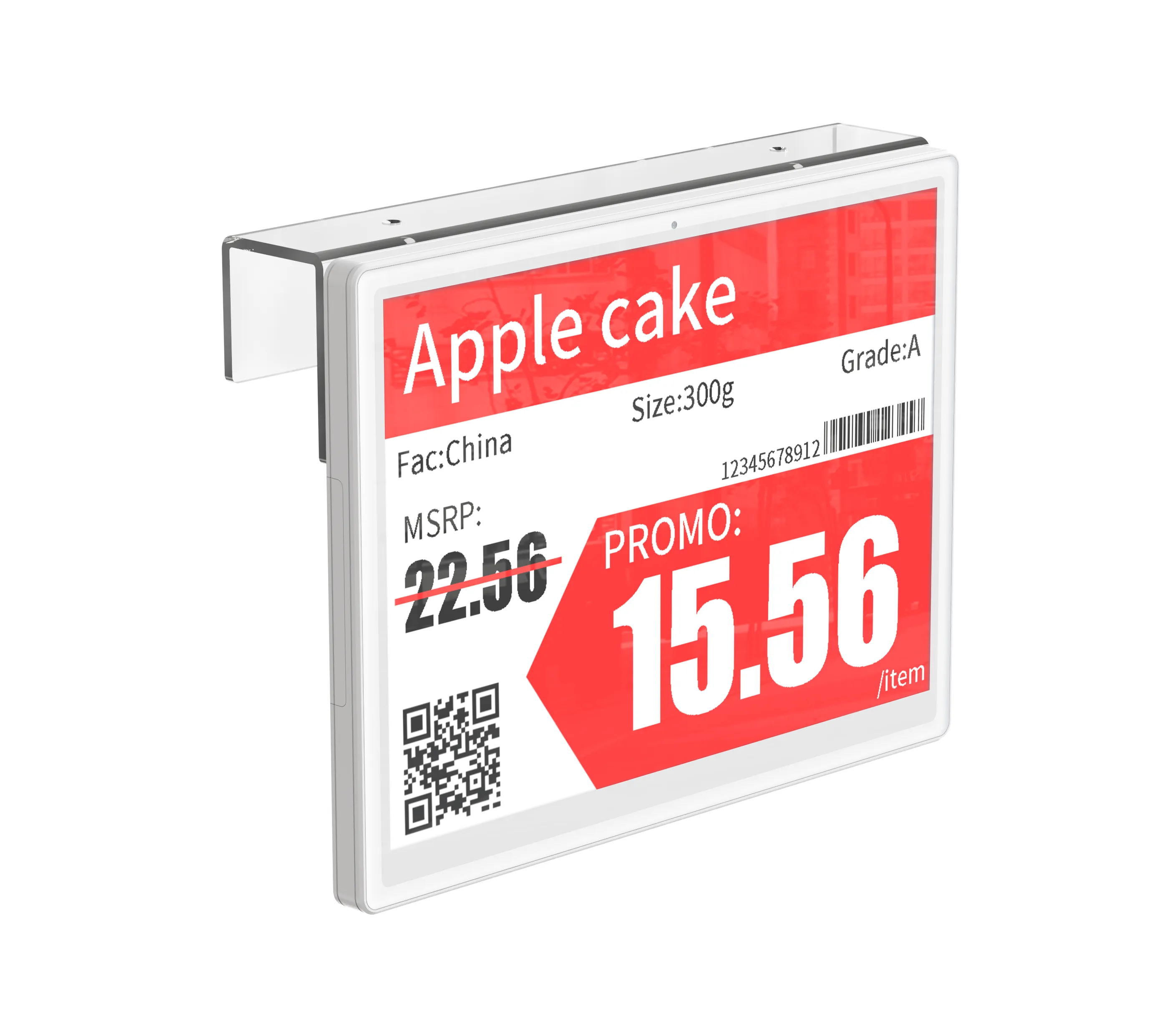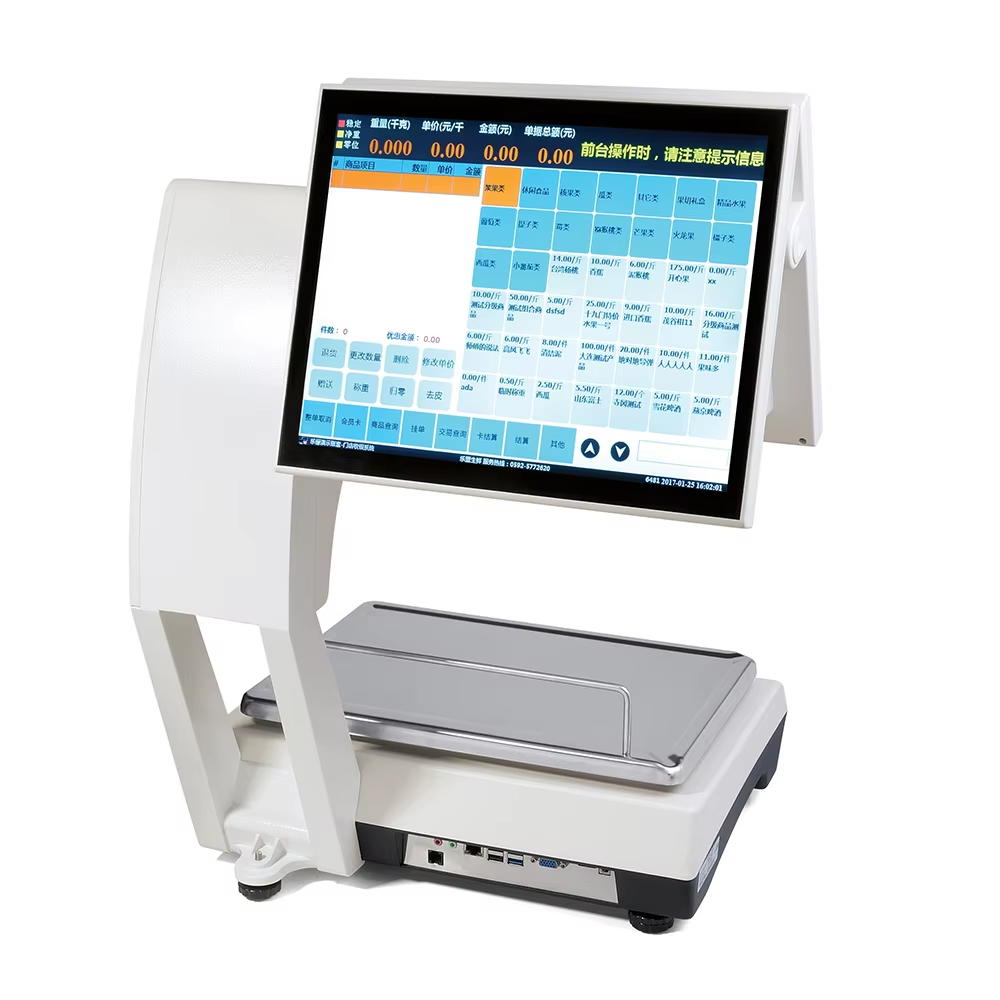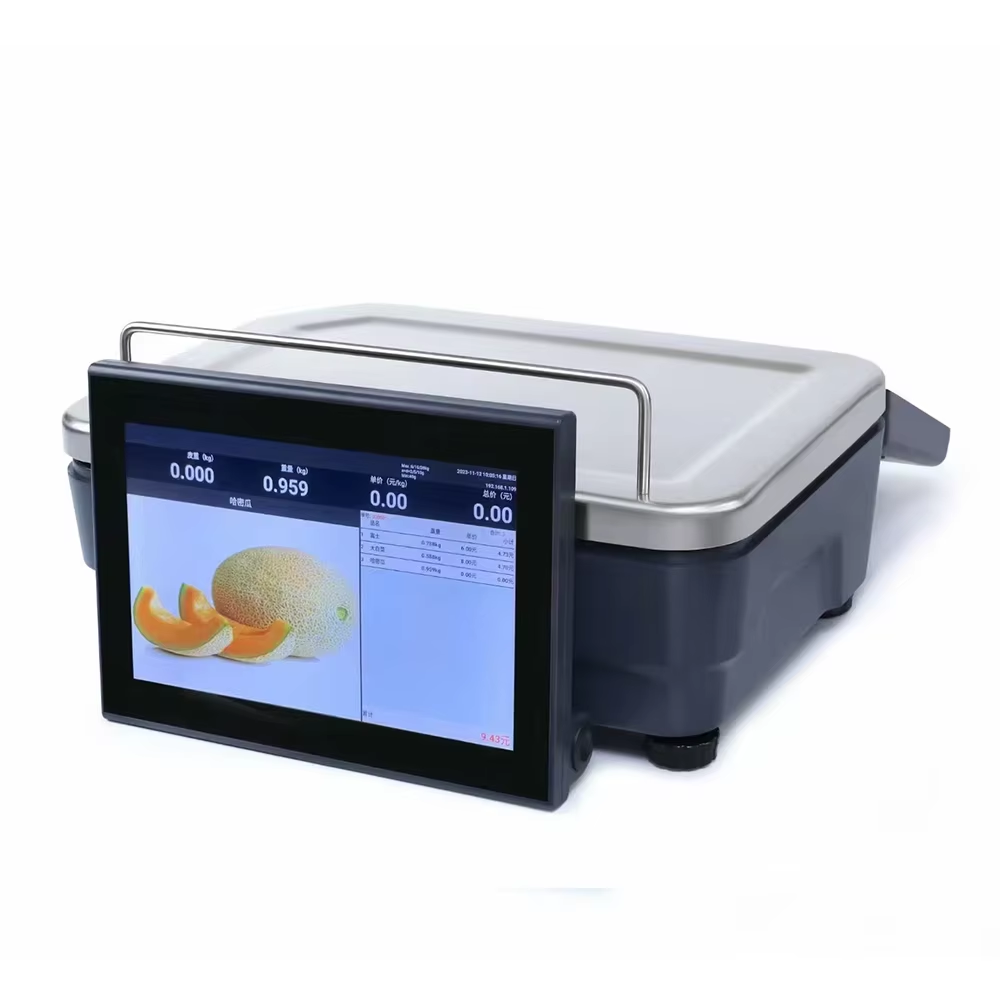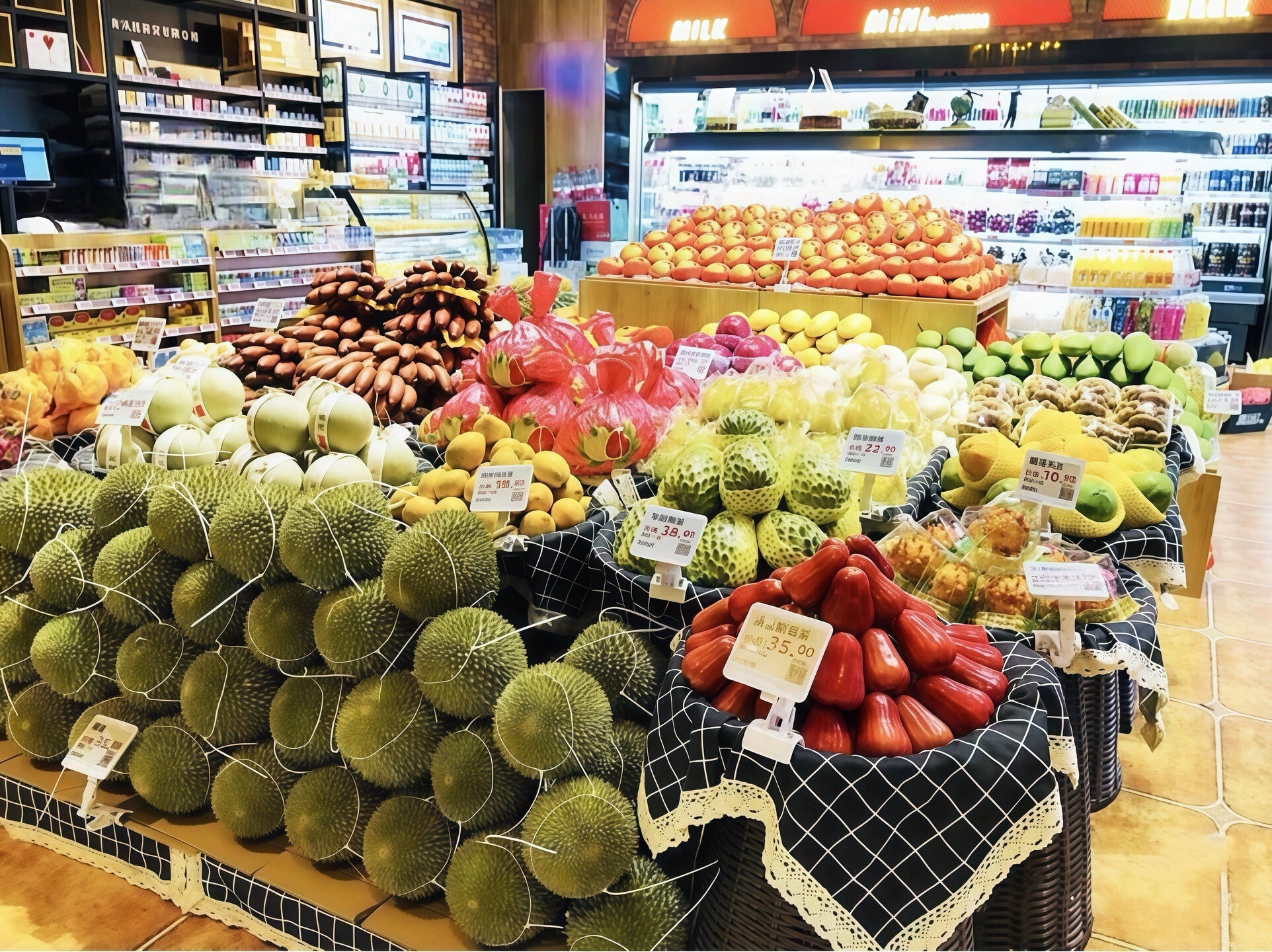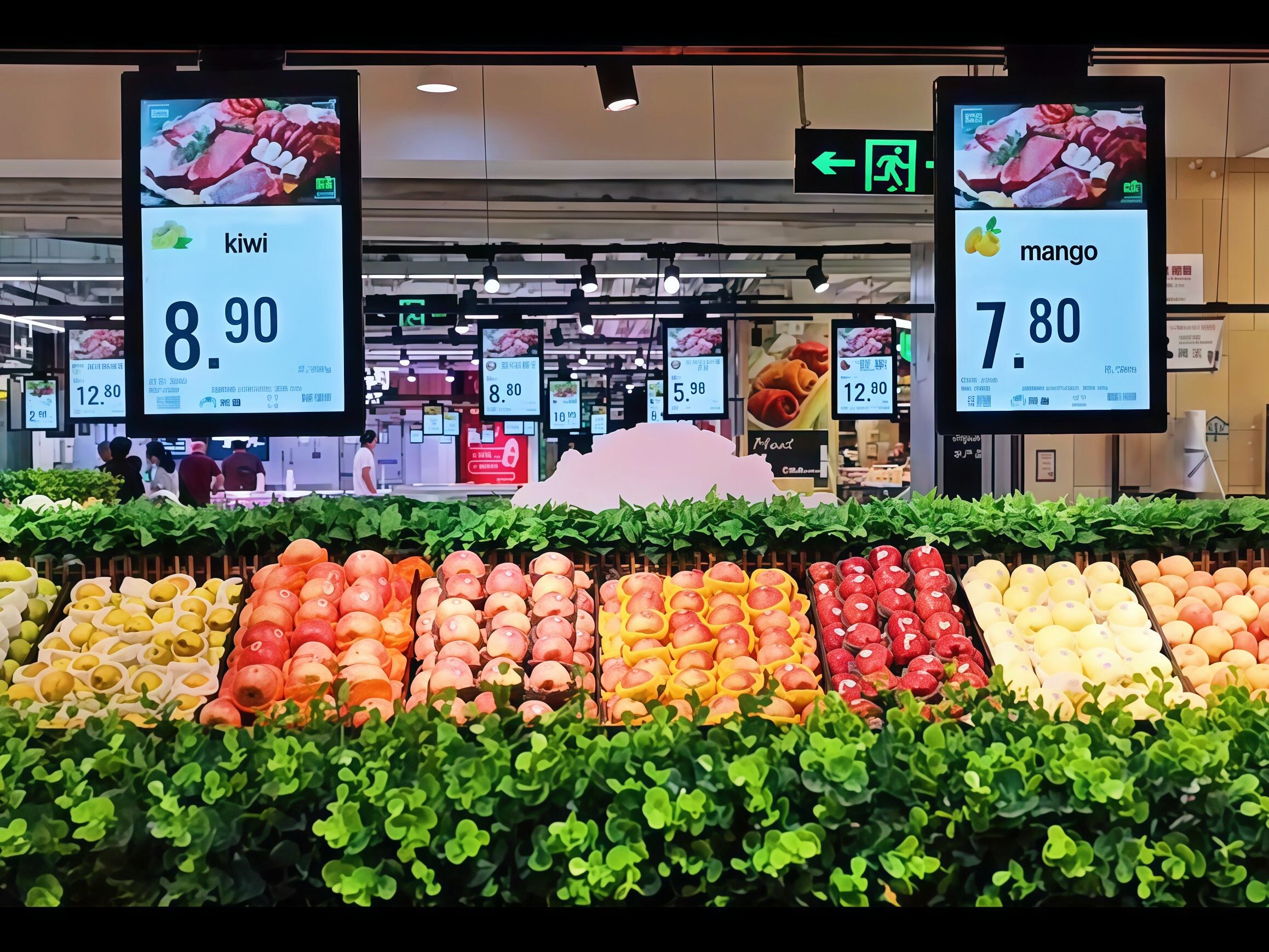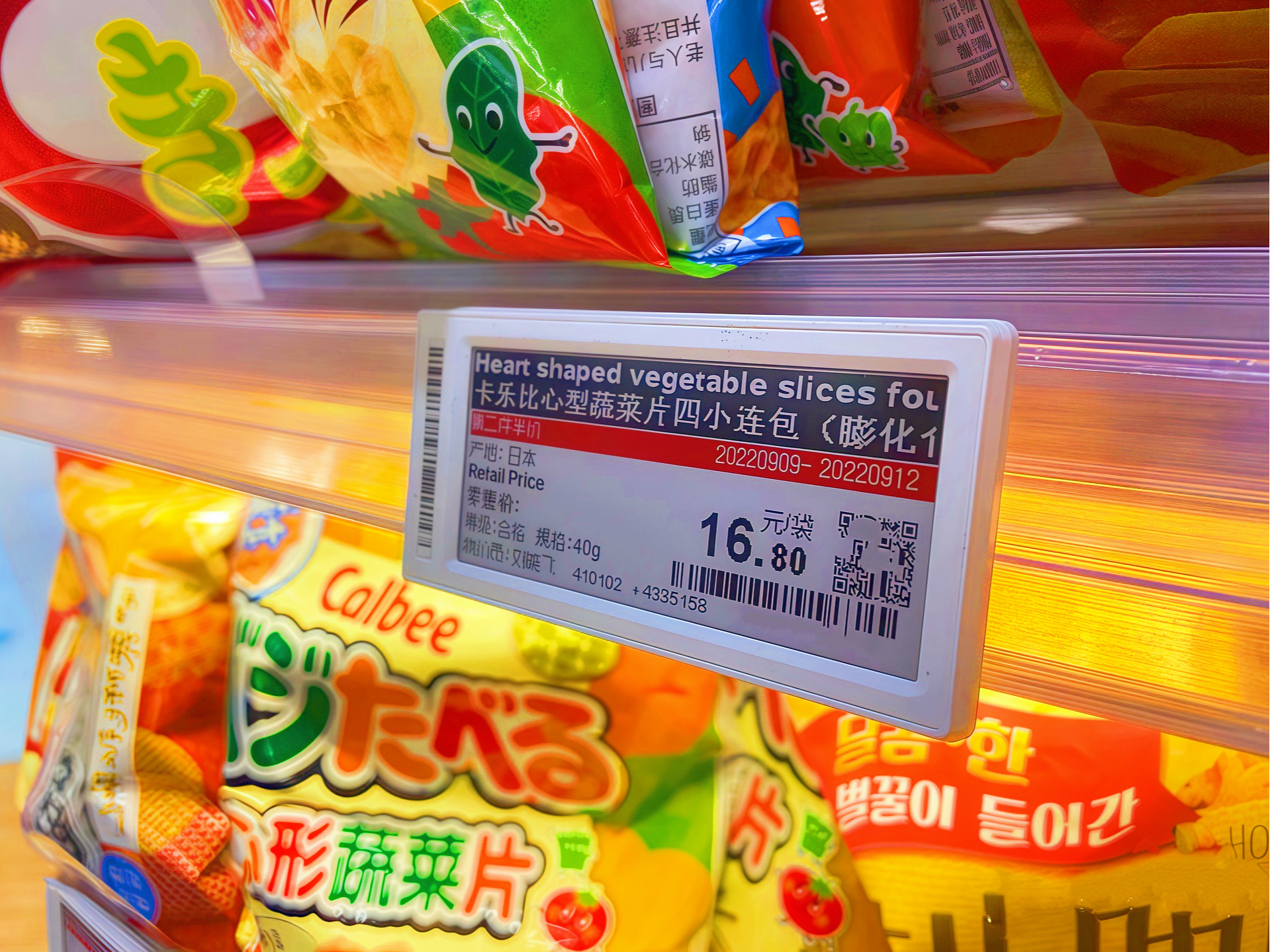retail store shelf labels
Retail store shelf labels represent a revolutionary advancement in modern retail management, combining digital technology with traditional merchandising practices. These electronic display systems are designed to replace conventional paper price tags, offering dynamic pricing capabilities and real-time updates across entire store networks. The labels typically feature electronic paper displays (EPD) or LCD screens that provide clear, easily readable information even in varying lighting conditions. They can showcase essential product details including prices, promotional offers, stock levels, and product specifications. The system operates through wireless communication protocols, allowing centralized management and instant updates to thousands of labels simultaneously. Modern shelf labels often incorporate NFC technology and QR codes, enabling seamless integration with mobile shopping applications and inventory management systems. These devices are powered by long-lasting batteries, typically operating for 5-7 years, and utilize energy-efficient display technology that only consumes power during content updates. The labels are designed to withstand retail environments, featuring robust construction and secure mounting systems that prevent tampering while allowing easy maintenance access. They support multiple display formats and can show various information types, from basic pricing to detailed product information, nutritional facts, and even dynamic promotional content.
